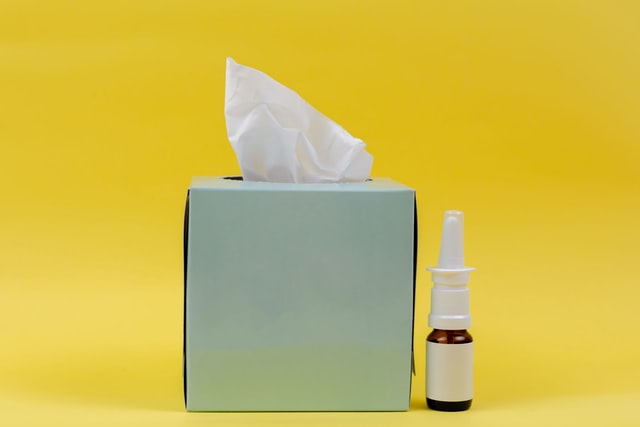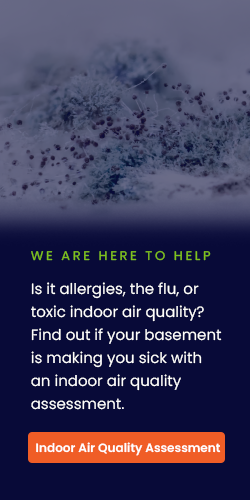Many people suffer from indoor allergies during the cold winter months. Although these indoor allergies are sometimes confused with the common cold, if the condition lasts for more than 10 days the cause is likely due to allergies and not a cold.
Symptoms
Winter allergy sufferers may feel tired and experience itchy eyes and throat, along with watery and clear nasal secretions that may last for weeks or more and can be intermittent. Those who have instead caught a common winter cold may develop body aches, fever, chills and discolored nasal secretions that are usually gone within a week.

Prevent Burst Pipes From Damaging Your Home
Causes
During the cold winter months, homes and buildings typically have their windows shut and the structures heating system tuned on. These conditions can allow for the accumulation of a number of common indoor allergens and forced indoor heating can help to spread these pollutants from room to room. They include Mold – Mold can begin to grow indoors when moisture is added to the environment. This can be caused by water leaks, elevated humidity levels and condensation on walls, windows and cold pipes during the winter months. Dust Mites – These microscopic bugs and their waste cause allergic symptoms for many and are frequently found in areas where people sleep. Pet Allergens – The fur, dander, saliva and urine of common household pets can cause problems for many allergy sufferers.
What To Do
Have your home air quality tested during winter months to see if your environment is contributing to you or your families winter allergies. We offer a comprehensive winter allergy testing plan that focuses on mold, soot, ultrafine particulate matter, pet dander, chemicals and toxic gasses typically higher during winter months. To learn more about this or other indoor environmental issues, contact IndoorDoctor today for your healthier tomorrow.
10 Ways Your Baby’s Bedroom Air Quality Can be Improved







